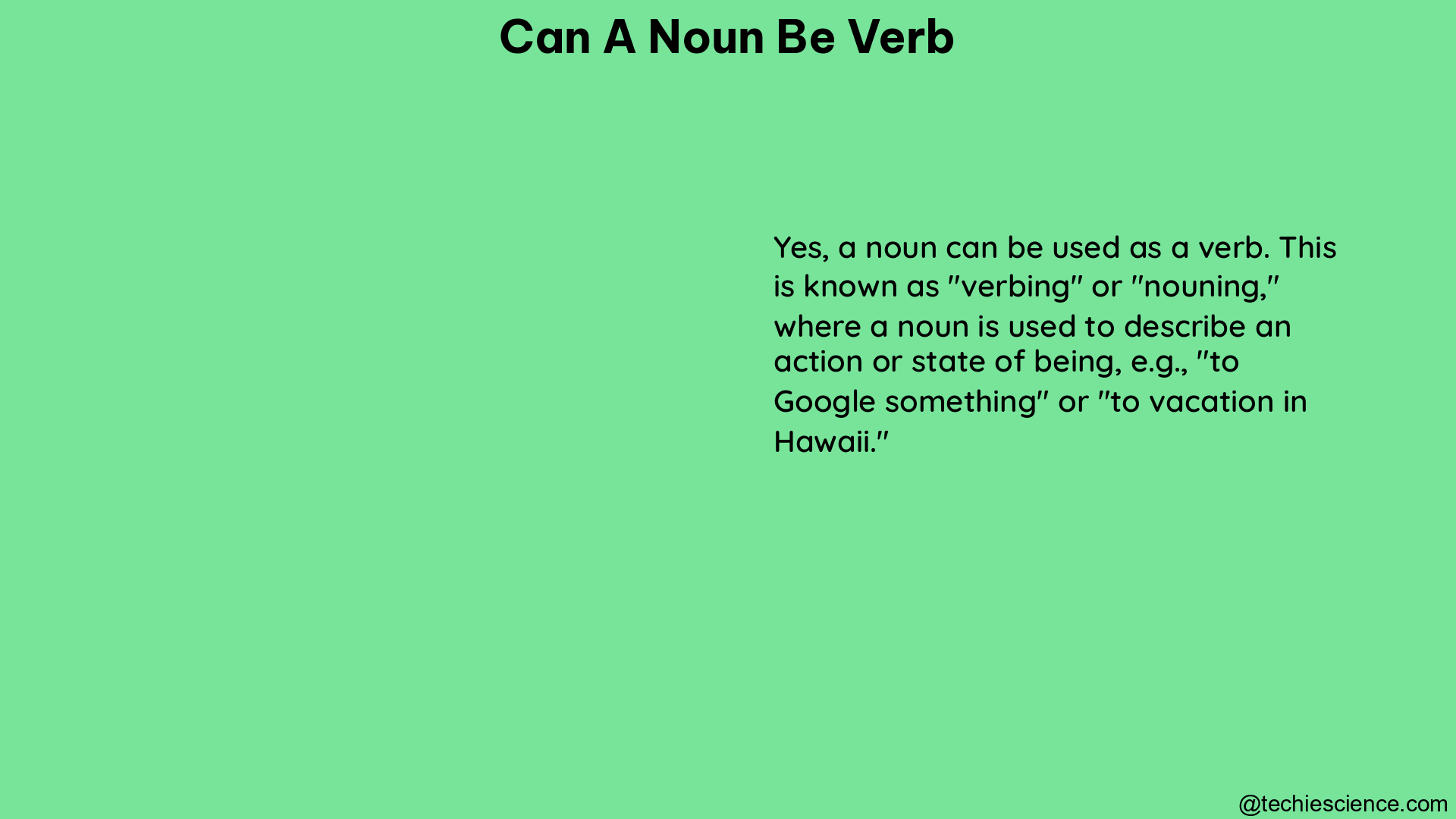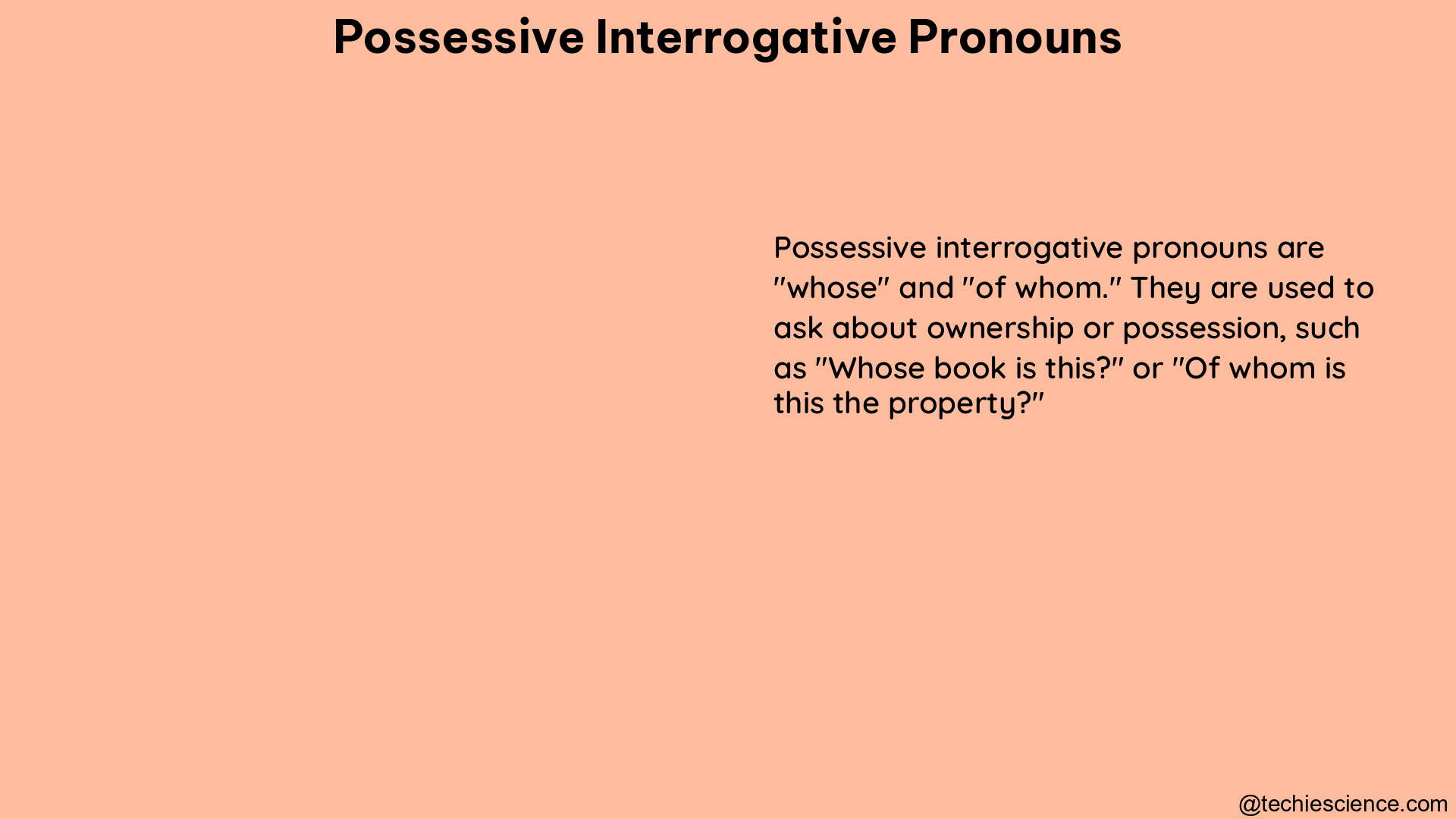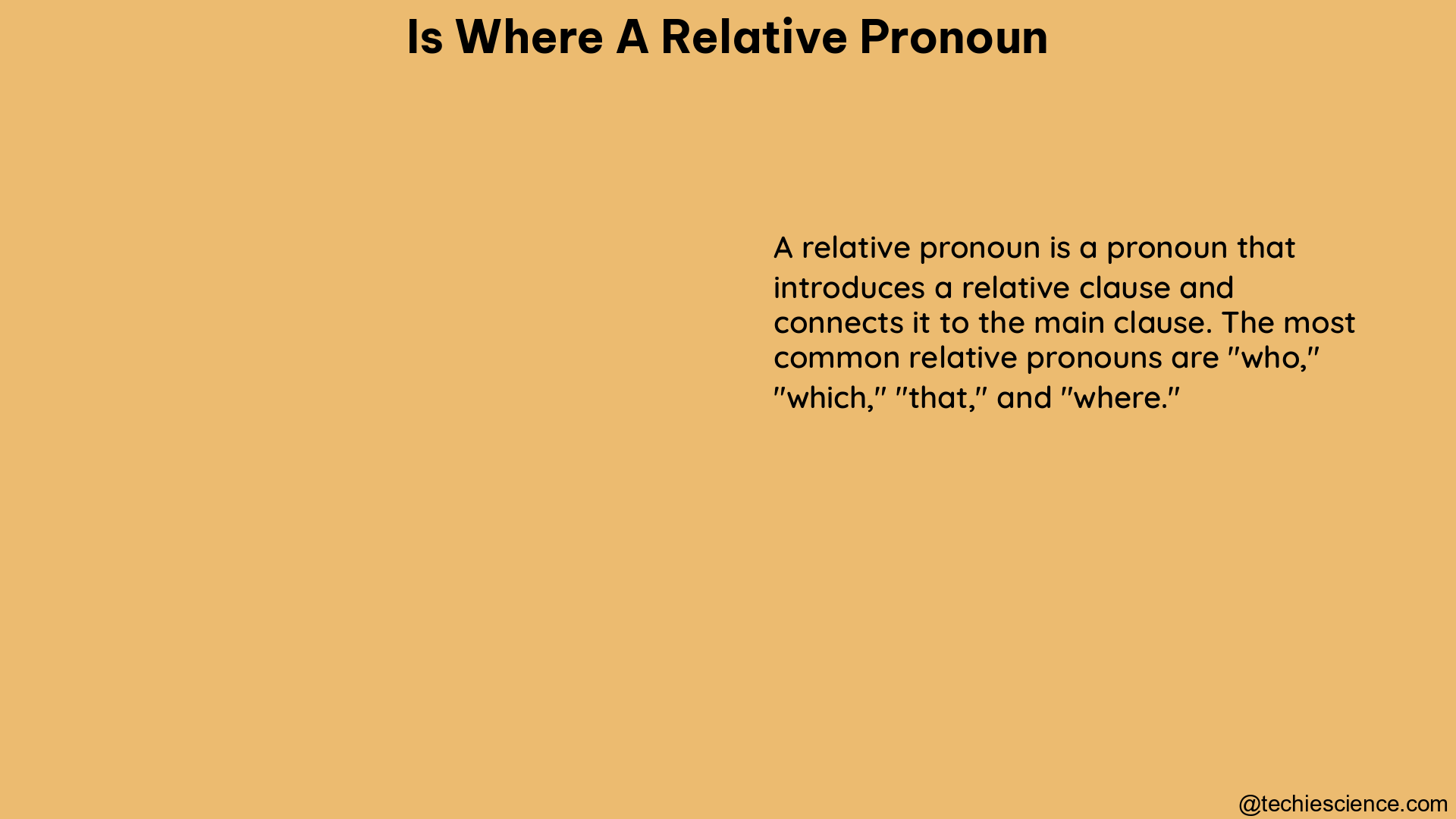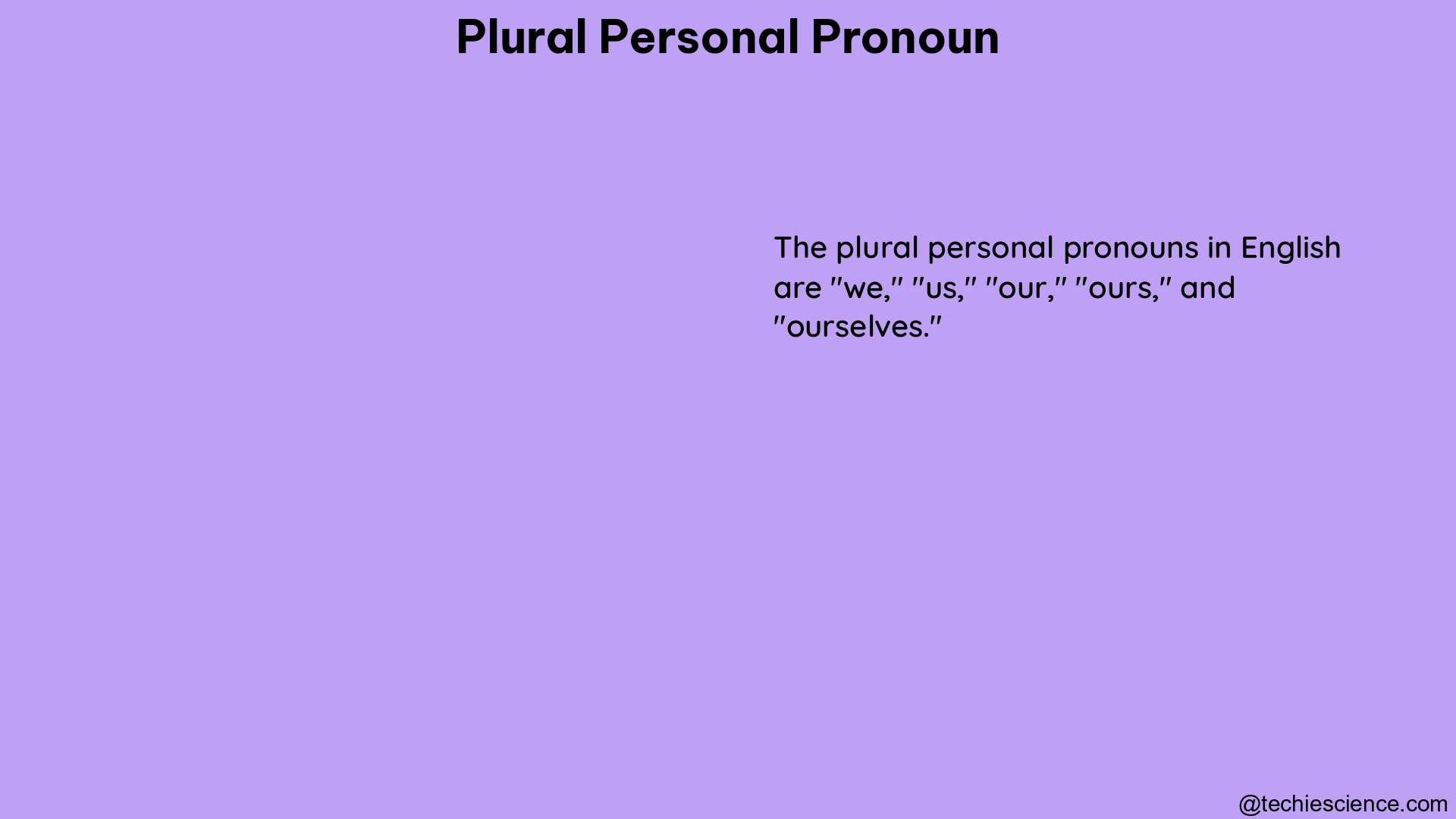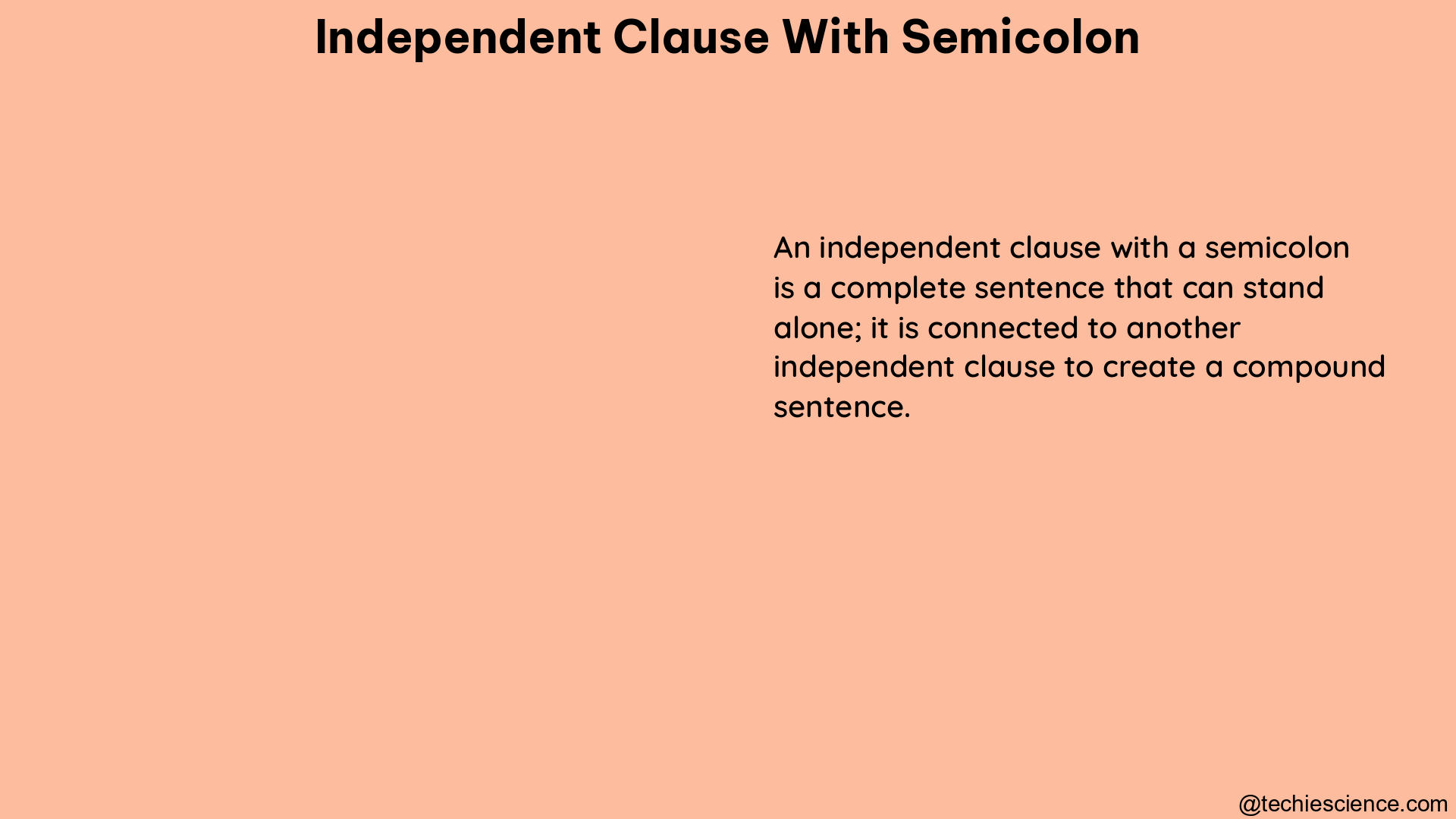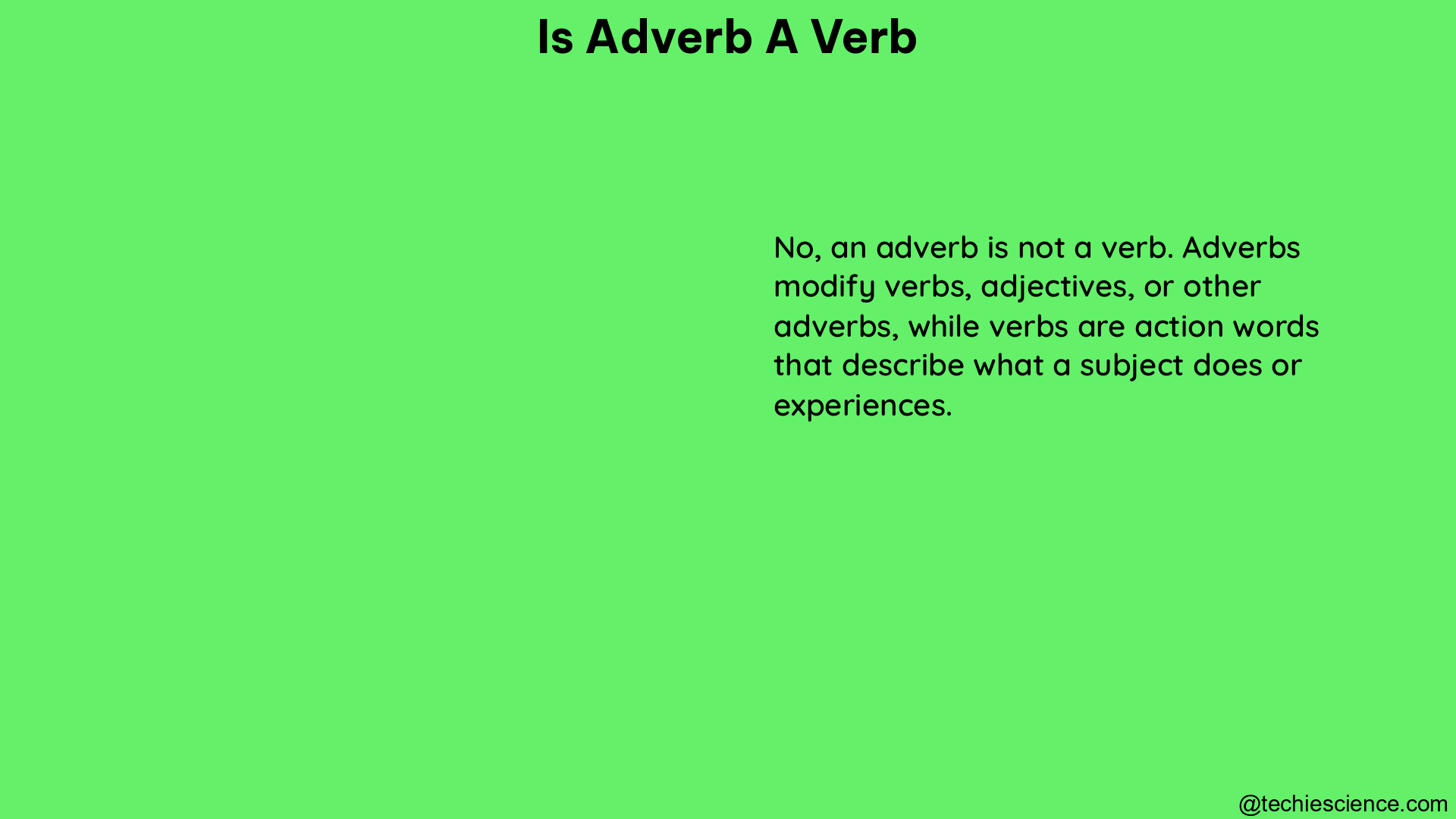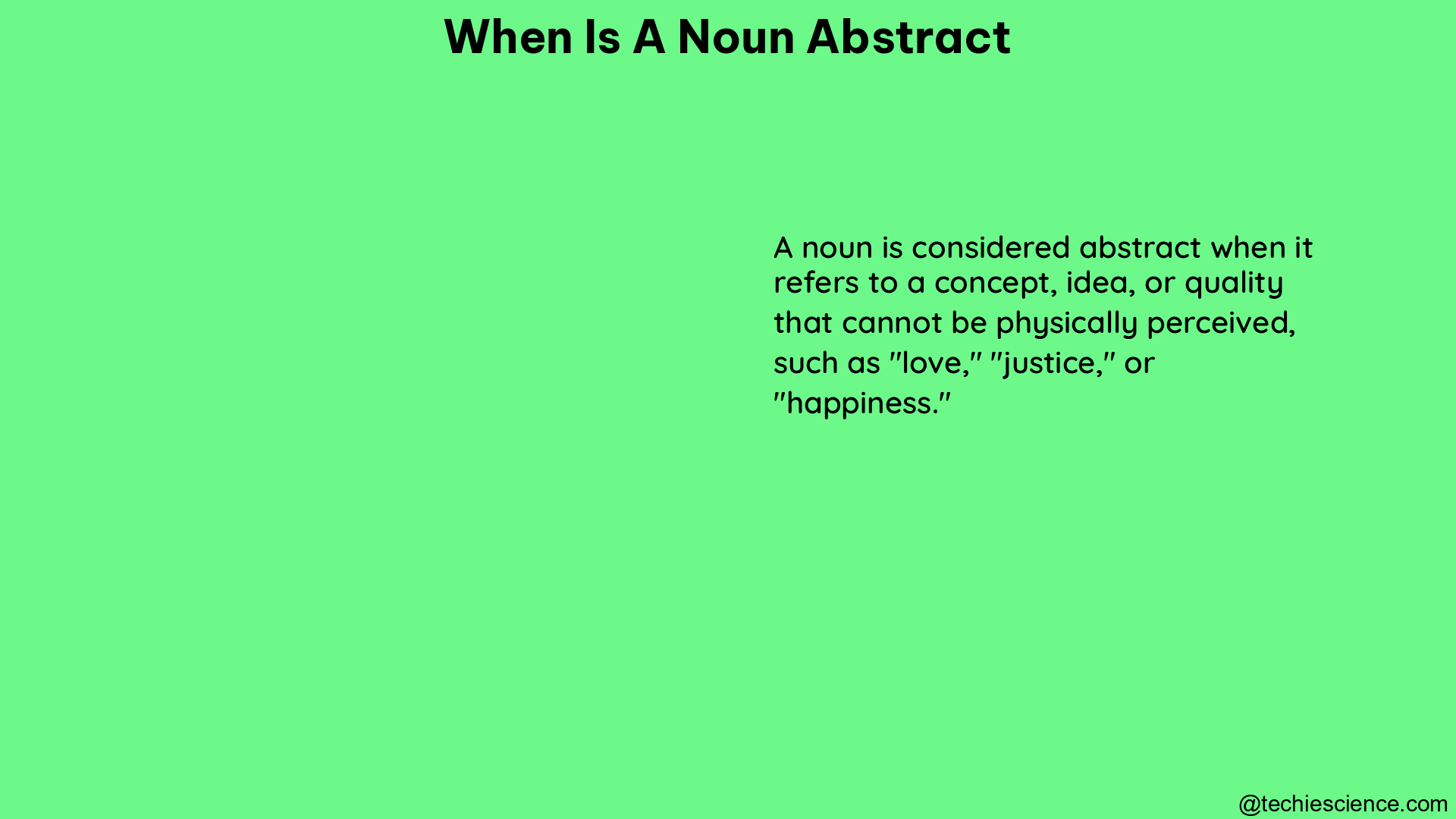The plural relative pronoun is a crucial grammatical concept that connects a dependent clause to an antecedent noun or pronoun in a sentence. Understanding the proper usage and agreement of plural relative pronouns is essential for effective written and spoken communication. This comprehensive guide will delve into the intricacies of plural relative pronouns, providing you with a deep understanding of the topic and equipping you with the necessary skills to navigate this aspect of English grammar with confidence.
Antecedent Identification: The Key to Plural Relative Pronoun Usage
The first step in mastering plural relative pronouns is to identify the antecedent correctly. The antecedent is the noun or pronoun that the relative pronoun refers to. It is crucial that the relative pronoun agrees with its antecedent in number, as this determines the verb agreement in the relative clause.
Singular vs. Plural Antecedents
- Singular Antecedent: When the antecedent is singular, the relative pronoun is also singular, and the verb in the relative clause must be singular.
Example: “The book that is on the table is mine.” - Plural Antecedent: When the antecedent is plural, the relative pronoun is also plural, and the verb in the relative clause must be plural.
Example: “The books that are on the table are mine.”
Relative Pronouns for Plural Antecedents
The three main relative pronouns used for plural antecedents are:
- Who: Used for people
Example: “The students who are attending the conference are from our university.” - Which: Used for things
Example: “The laptops which are on the desk belong to the interns.” - That: Used for both people and things
Example: “The employees that are working on the project are highly skilled.”
It’s important to note that while some sources suggest avoiding “that” for people, it is commonly used in defining relative clauses and is grammatically correct.
Verb Agreement in Plural Relative Clauses
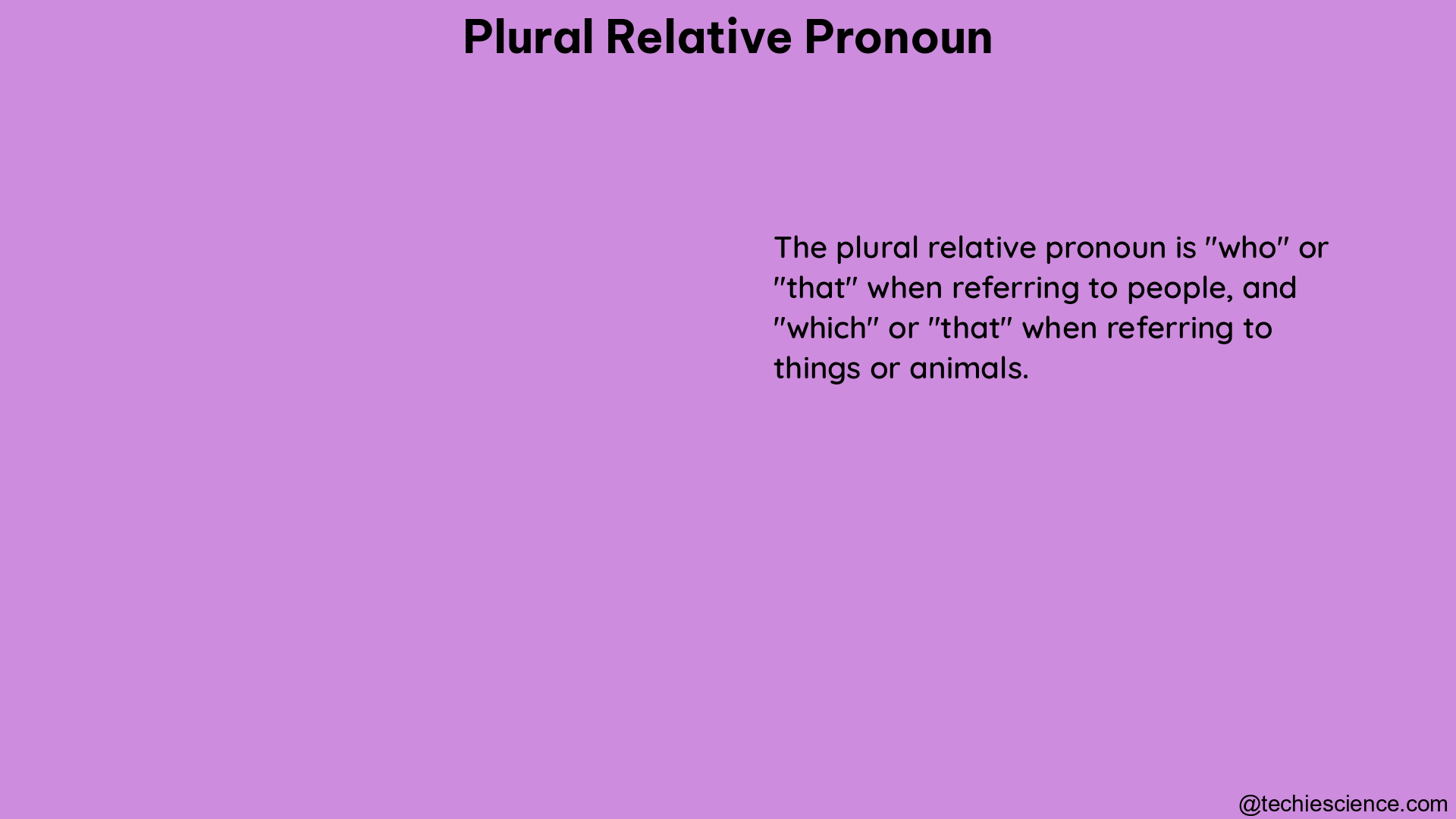
The verb in the relative clause must agree with the antecedent in number. This means that if the antecedent is plural, the verb in the relative clause must be plural, and vice versa.
Examples of Verb Agreement
- Singular Antecedent: “The car that is parked outside is mine.”
- Plural Antecedent: “The cars that are parked outside are mine.”
Restrictive and Non-Restrictive Clauses
Relative clauses can be classified as either restrictive or non-restrictive, and this distinction affects the use of commas.
Restrictive Clauses
Restrictive clauses provide essential information about the antecedent and do not use commas.
Example: “The books that are on the table are mine.”
Non-Restrictive Clauses
Non-restrictive clauses add extra information and are set off by commas.
Example: “The books, which are on the table, are mine.”
Defining and Non-Defining Relative Clauses
Relative clauses can also be categorized as defining or non-defining, based on their function within the sentence.
Defining Relative Clauses
Defining clauses are essential to the sentence and do not use commas.
Example: “The employee who is responsible for the project must submit a report.”
Non-Defining Relative Clauses
Non-defining clauses add extra information and use commas.
Example: “The employee, who is responsible for the project, must submit a report.”
Troubleshooting Plural Relative Pronoun Usage
When using plural relative pronouns, it’s important to ensure that the relative clause is complete and does not result in a sentence fragment. Additionally, be mindful of the placement of the relative clause within the sentence to maintain clarity and coherence.
Practice Examples
- Who:
-
Every member of the sales team who (is, are) planning to take a vacation this summer must submit a request in writing by May 10.
-
Which:
-
This objective correlates with the central performance in our corporate renewal plan, goals which are targeted toward the realignment of our marketing strategies in Europe and Asia.
-
That:
- The employee and appropriate management must sign the telecommuting agreement that outlines the expectations and responsibilities of both the telecommuter and the agency.
Conclusion
Mastering plural relative pronouns is a crucial step in improving your written and spoken English proficiency. By understanding the principles of antecedent identification, verb agreement, and the distinction between restrictive and non-restrictive clauses, you can navigate this aspect of grammar with confidence and precision. Remember to practice regularly and refer to the resources provided in this guide to solidify your understanding of plural relative pronouns.
References:
- https://getitwriteonline.com/verb-relative-pronoun-agreement/
- https://writing.wisc.edu/handbook/subjectverb/
- https://www.englishclub.com/grammar/pronouns-relative.php
- https://www.hunter.cuny.edu/rwc/repository/files/grammar-and-mechanics/sentence-structure/Understanding-Relative-Clauses.pdf
- https://libraryguides.mdc.edu/c.php?g=239518&p=9299962
